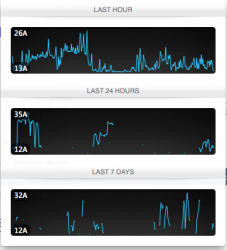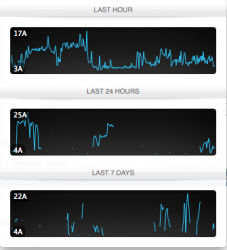I'm not sure what my actual temperatures are for my 2008 Mac Pro. The main tab in iStat Menus shows about 30C, but everything else is much higher, like CPU-A Die 1 Offset, but I have no idea what that is?
In a few days I'm going to be swapping the case for a new one as my current one is badly damaged, so I'll be applying new thermal paste (Arctic Silver 5).
Are my temperatures really only 30C or should I be looking at the 'DIE OFFSET' numbers..?
Here's a screenshot:

In a few days I'm going to be swapping the case for a new one as my current one is badly damaged, so I'll be applying new thermal paste (Arctic Silver 5).
Are my temperatures really only 30C or should I be looking at the 'DIE OFFSET' numbers..?
Here's a screenshot:









